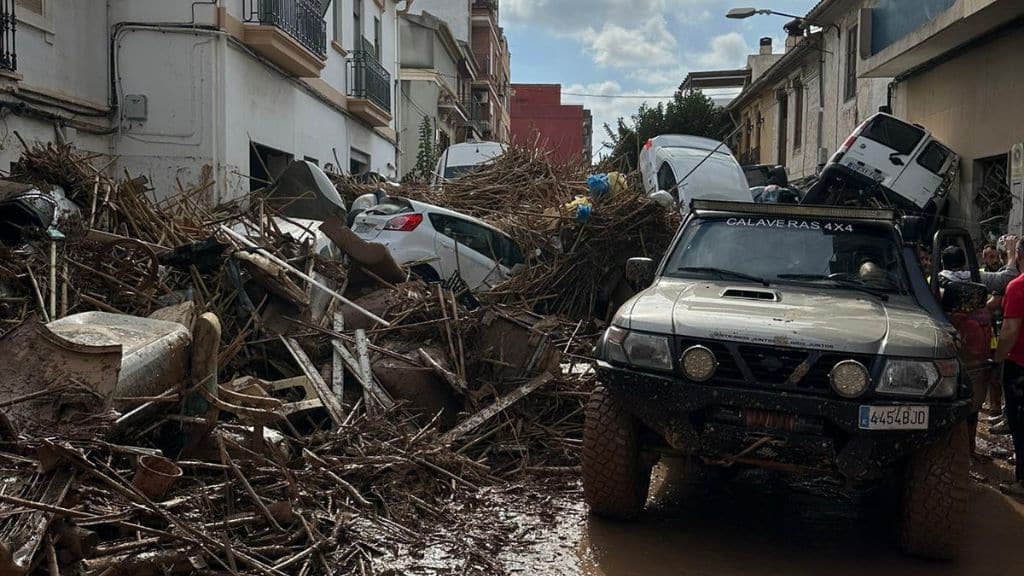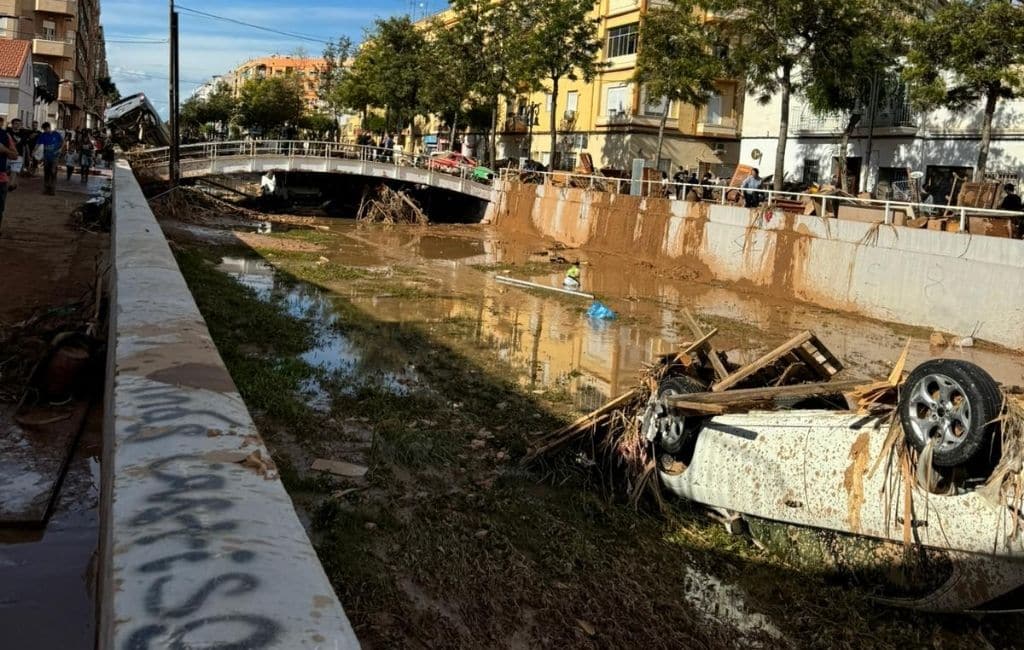Paula

A month after the severe floods caused by the Depresión Aislada en Niveles Altos (DANA) in the Valencian Community, significant progress has been made in the recovery of transport infrastructure. The road status in Valencia has improved considerably, making it crucial for logistics operations to stay updated. The storm caused extensive damage to over 160 kilometers of roads, affecting major routes like the A-7, A-3, and V-31, leading to traffic interruptions and the isolation of some areas. Understanding the road status in Valencia is crucial for logistics operations that need to plan efficient routes.
Current Status of Infrastructure
Regarding the State road network, circulation has been restored on all 160 kilometers affected, although some of the solutions implemented are provisional, such as the detour on the A-7 bypass. Traffic has been restored on major routes such as the A-7, A-3, V-30, V-31, N-330, N-322, and N-3. The last roads to be reopened were the N-330 and N-322, which had suffered severe damage in certain sections. The current road status in Valencia shows significant recovery, but ongoing vigilance is essential for logistics planning.
In the regional network, 17 of the 18 affected roads have been reopened, some of them partially, such as the CV-10, CV-33, and CV-50, among others. The repair of these roads has been essential to restore mobility in the region and ensure driver safety. For logistics companies, keeping updated with the road status in Valencia remains key to avoiding delays.
Rail Service
The high-speed rail service has been fully restored since November 14th, with all train operations running. Additionally, the Valencia metro reopened on December 3rd, allowing mobility in the city once again. However, the Cercanías service still faces challenges, and it is estimated that full recovery will take several months due to the extent of the damage.
Port of Valencia
Access to the Port of Valencia has been fully restored, allowing for normal maritime and logistics operations. However, it is recommended to check real-time traffic conditions on the roads leading to port access, especially at specific times of the day, to avoid possible congestion. Monitoring the road status in Valencia, particularly for routes leading to the port, is crucial for logistics efficiency.
Recovery Summary
- Location: Province of Valencia.
- Kilometers affected and recovered: 160 km.
- Affected and recovered roads: A-3, A-7, V-30, V-31, N-330, N-322, and N-3.
- Personnel mobilized: More than 500 people and 250 machines.
- Emergency funds: 120 million euros allocated for recovery.
Source: Ministry of Transport and Sustainable Mobility
Tools to Verify Road Conditions
For those needing updated information on road conditions in real time, the following tools are recommended to stay informed about the road status in Valencia:
- Updated Traffic Cameras: The Dirección General de Tráfico (DGT) offers access to live traffic cameras to monitor road conditions. Access here.
- Interactive Map of Roads Affected by DANA: Check the status of roads affected by DANA through this interactive map. Access here.
- Route Planning Map: The DGT’s real-time updated map shows the best available routes. Access here.
Additionally, official sources such as the Dirección General de Tráfico (DGT), the Ministry of Transport and Sustainable Mobility, and media outlets like El País offer regular updates on infrastructure and traffic conditions in the region.
Conclusion
The recovery of transport infrastructure in the Valencian Community is progressing rapidly thanks to the efforts of hundreds of technicians and the support of the authorities. Although challenges remain, the restoration of most of the affected routes has been a crucial step in restoring mobility and normalcy to the region after the impact of DANA. Staying informed about the road status in Valencia is vital for logistics operations aiming to minimize disruptions and plan effectively.

